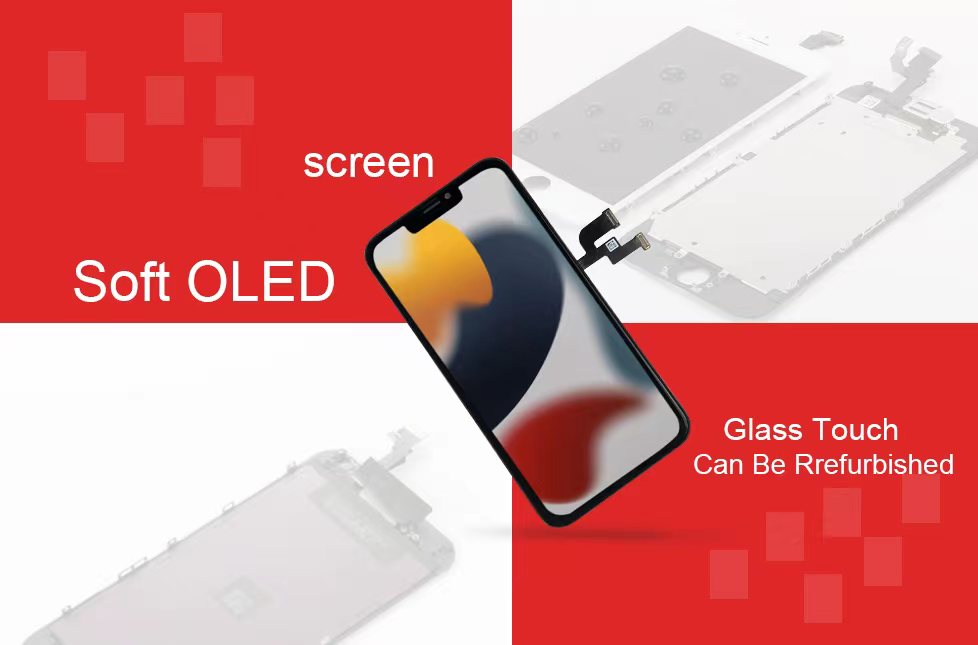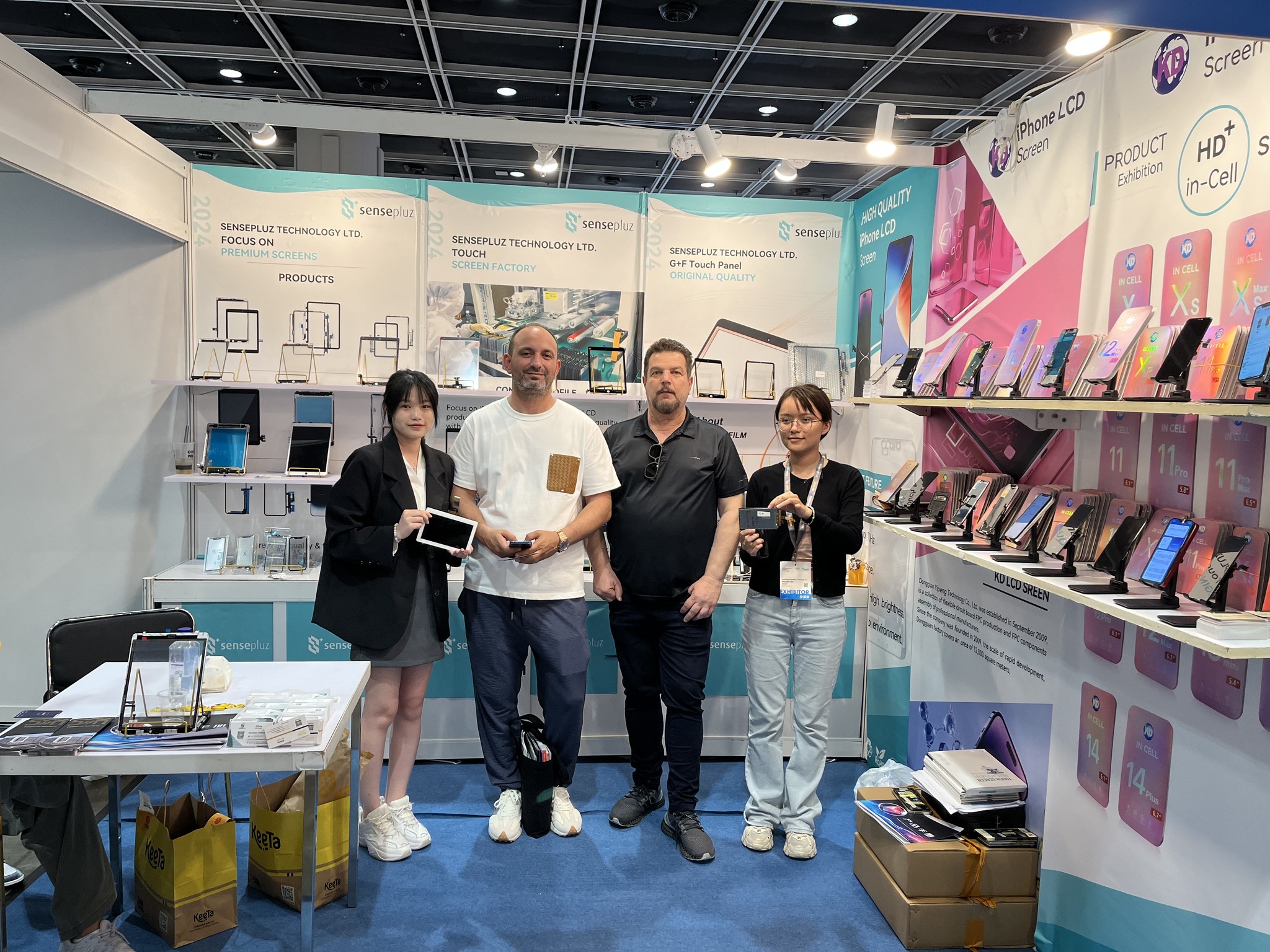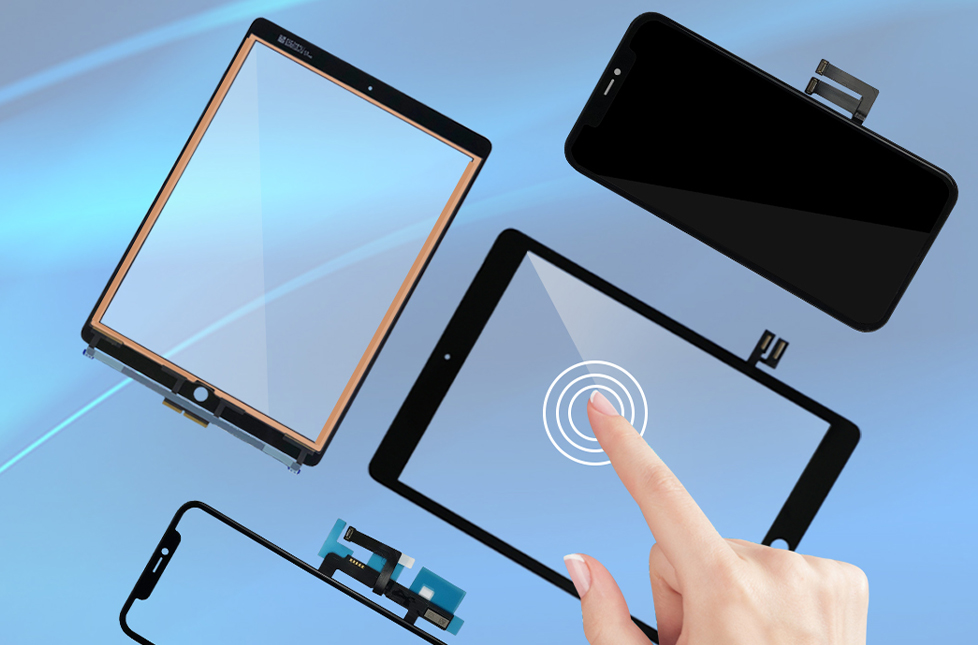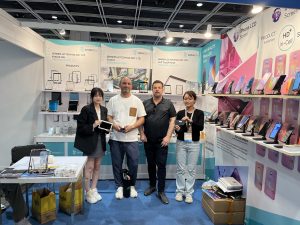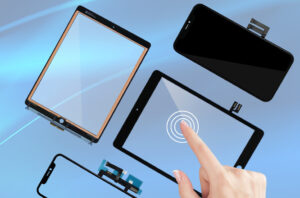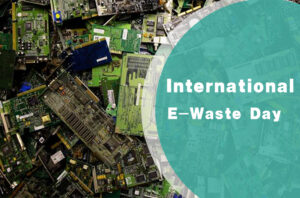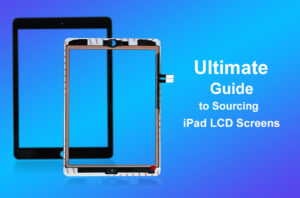How often do you ponder your iPhone’s screen ? You might never give it much thought unless you’re a tech geek , or living with a shattered display . Otherwise , it looks nice- what more did you have to be aware ? You don’t have to be a techie , though , to be concerned about your iPhone’s display . In fact , if you don’t know what sort you have , you can be missing out on some excellent benefits .
What is an LCD?
Let’s begin with the fundamentals . The iPhone display comes in essentially two varieties . The first are LCD , which stands for liquid-crystal display . , Let’s look at two of the components that go into making LCDs function in order to simplify the discussion (and this is a significant simplification ) . The first are that the colors that are displayed on the screen are determined by their pixels . Three sub pixels , one each in red , green , and blue , make up each pixel and each can fluctuate in brightness . The images that emerge as you scroll through Instagram , watch a YouTube video , or look at your photos are made up of that color combination .
The second part with LCDs are the backlight . The backlight is placed behind the pixels and shines light through them so that you might see what you see . At the point when you change the splendor of your display , you’re truly controlling the backlight , and it covers the whole display ; think about it like a lightbulb – you can’t choose to have one piece of the light getting more brilliant while another part gets dimmer .
What is an OLED display?
The other sort of iPhone displays is OLED , short for organic light-transmitting diode . The absence of a backlight in an OLED screen is the primary distinction between LCD and OLED displays . Instead , the pixels light themselves up . This has a number of important advantages ; as far as one might be concerned , you can have all the more finely definite pictures , since every pixel stands apart all alone , instead of requiring a backlight that covers all encompassing pixels too . The largest advantage , and the one you may hear people discussing the most , is that OLED pixels have the ability to switch off on their own , providing incredibly sharp contrast to light and dark images .
The benefits of OLED on an iPhone
Here’s an illustration of why that’s great: Imagine you are using your phone to view a movie. Your display will quite literally turn off in those areas whenever there are any dark scenes in that movie. A night sky goes totally dark; if the movie is widescreen or a square 4:3, the bars that appear at the top and bottom or left and right of the screen abruptly turn entirely dark. It brings about a generally excellent looking picture, particularly in the event that you’re watching in a low-lit room.
These advantages are the reason I love OLED televisions specifically. Letterboxing bars just disappear when watching in a completely dark area, allowing you to only see the appropriate portion of the screen (whether it be super widescreen or the old square format).
When comparing LCD and OLED iPhone displays, filling each with a black rectangle will clearly show the differences between the two displays. The LCD iPhone would appear dark but the display would be illuminated, whereas the OLED iPhone would appear to be off.
OLED pixels ‘ ability to turn themselves off has significant effects on battery life . Using dark mode , and more especially dark mode with black backgrounds , can help your iPhone conserve battery life . (Grey ones won’t turn the pixels off ; . So you truly need all-black elements to save your iPhone’s battery of being required to control every single pixel ) .
What are the disadvantages of OLED ?
Burn-in has historically been the biggest problem with OLED panels . Unfortunately , this is a common occurrence of OLED TVs ; after prolonged use , occasionally the ” shadow ” of static images will always remain on your screen . People who watch a lot of news , for instance , gripe about constantly being able to see the outline of the chyron , news ticker , and outlet logo on their TVs .
However , burn-in isn’t a common complaint about these devices with OLED iPhones because Apple did a fantastic job of preventing it . Since the release of the first OLED iPhone in 2017 , the X , there hasn’t been a not issue with residual images . In other words , if you’re worried about burn-in , you don’t necessarily need to go out of your way to choose an LCD iPhone .
What kind of display does your iPhone have?
I’ve listed every single iPhone that Apple has ever produced, along with the type of display, below. Even though some of these iPhones are rather old, I’m curious to hear if you still use them. It’s important to note that there are no new LCD iPhones; the 2020 iPhone SE and the iPhone 11 were Apple’s most recent models. OLED displays are used throughout the whole array of iPhone 12 and 13 models.
iPhone with LCD
iPhone (2007), iPhone 3G, iPhone 3GS, iPhone 4, iPhone 4S, iPhone 5, iPhone 5C, iPhone 6, iPhone 6 Plus, iPhone 6S, iPhone 6S Plus, iPhone SE (1st Gen), iPhone 7, iPhone 7 Plus, iPhone 8, iPhone 8 Plus, iPhone XR, iPhone 11, iPhone SE (2nd Gen).
iPhone with OLED
iPhone X, iPhone XS, iPhone XS Max, iPhone 11 Pro, iPhone 11 Pro Max, iPhone 12, iPhone 12 mini, iPhone 12 Pro, iPhone 12 Pro Max, iPhone 13, iPhone 13 mini, iPhone 13 Pro, iPhone 13 Pro Max.

